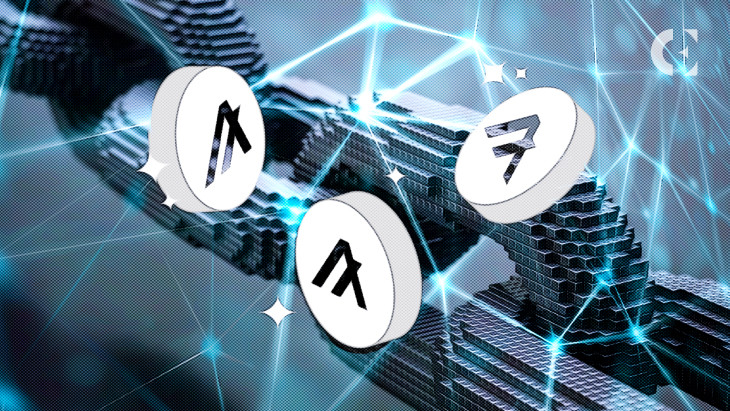In a recent interview with Yahoo Finance Live, Algorand Foundation CEO Staci Warden expressed that although blockchain is commonly viewed as a ledger solely for tracking cryptocurrency payments, it has the potential to facilitate a wide range of financial transactions.
According to Warden, blockchain has the potential to expedite international financial transactions much more efficiently than traditional banking systems, as it eliminates the need for a middleman bank.
Furthermore, she stated that blockchain operates on a unique ledger system, unlike any other. Quoting an instance, she stated that when a person in Brazil intends to send $10 to someone in France, the payment typically goes through the correspondent banking system of the U.S., clearing at the Fed. However, this process incurs a fee deduction of around 6-8%, and the payment may take up to four days to reach its destination.
In contrast, by using Algorand’s blockchain technology, the same transaction between Brazil and France would occur instantly, without any delay, as per her explanation.
Warden claimed that speed is the key factor, and stated that Algorand can process approximately 6,000 transactions per second currently, with plans to increase to 10,000 transactions per second later this year. According to her, a transaction that may take quite a long time to process through other systems can be completed in just 3.9 seconds using Algorand’s blockchain technology.
Despite ongoing investigations into cryptocurrency companies for fraudulent activities, Warden highlighted the transparency benefits of blockchain technology, which allows for the easy tracing of transactions. Moreover, the CEO added,
Transactions are entered, and then they are immutable. It is about integrity. And so that you know when something is entered, nobody else can mess around with it.
Warden explained that blockchain-based financial transactions can be secure from hackers due to the decentralized nature of the blockchain network. The information is not stored on a single computer, ensuring that there is no single entity in control of the ledger.
Additionally, she emphasized that for a single ledger to remain secure, it must be decentralized. This is because if one computer in the network gets attacked, the system can continue to function and remain healthy on the other computers in the network.
 coinedition.com
coinedition.com
